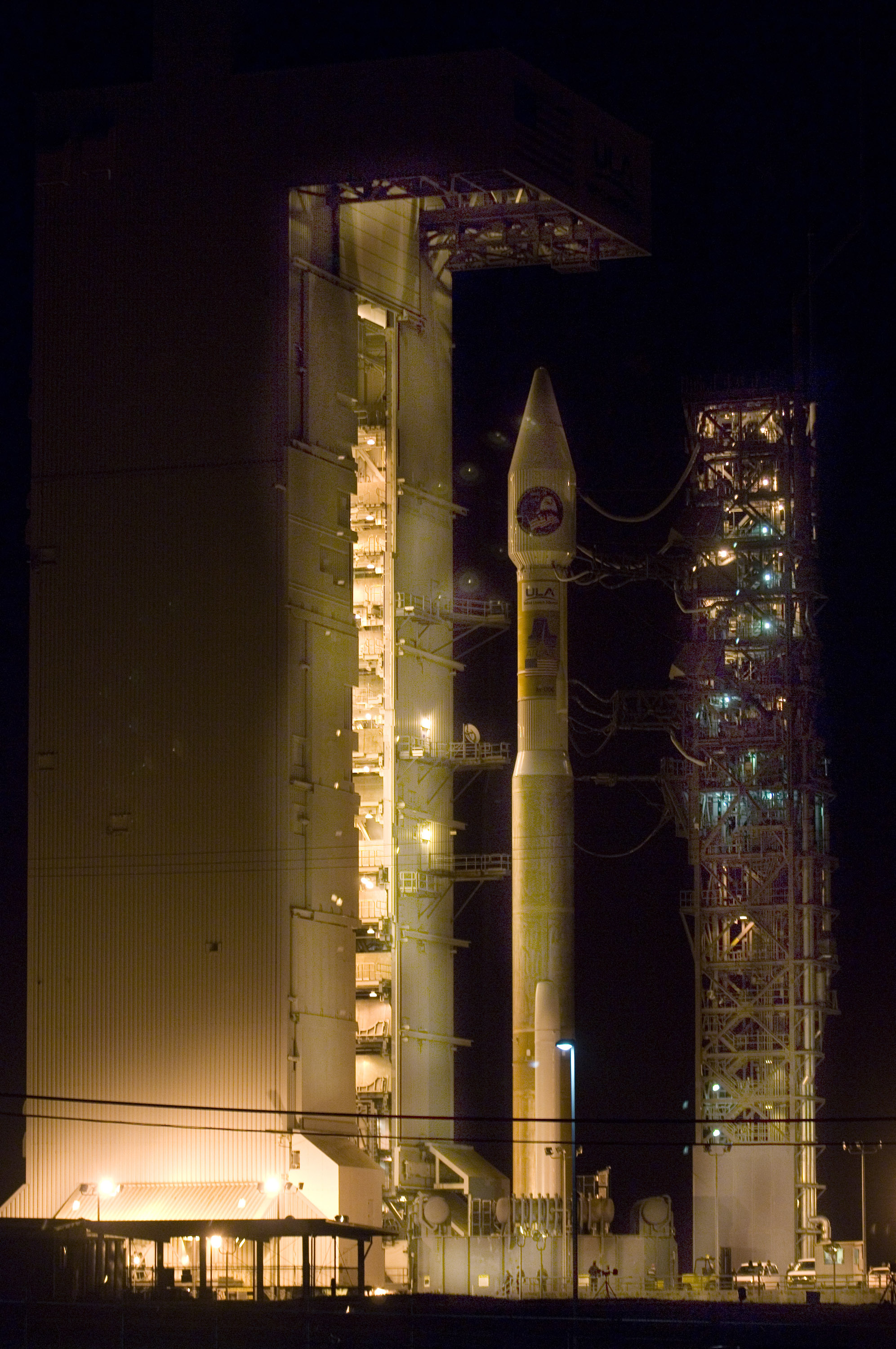|
Launch Complex 3 (other)
{{disambig ...
Launch Complex 3 may refer to: * Cape Canaveral Air Force Station Launch Complex 3, a deactivated US Air Force launch site * Vandenberg AFB Space Launch Complex 3, a NASA launch site that has been used by a variety of rocket systems * Xichang Launch Complex 3, an active rocket launch site in the People's Republic of China * Rocket Lab Launch Complex 3, an under construction space rocket launch site in Virginia, USA See also * Launch Complex (other) * * LC3 (other) LC3 or LC-3 may refer to: * LC3 (classification), a para-cycling classification * Little Computer 3, a type of computer educational programming language * Limestone Calcined Clay Cement, a low-carbon cement * ''Fauteuil Grand Confort'', a club cha ... [...More Info...] [...Related Items...] OR: [Wikipedia] [Google] [Baidu] |
Cape Canaveral Air Force Station Launch Complex 3
Launch Complex 3 (LC-3) is a deactivated launch site southeast of SLC-36 on Cape Canaveral, Florida at Cape Canaveral Space Force Station. It was constructed, with launch complexes 1, 2, and 4, in the early 1950s for the Snark missile program. It was formerly used to launch Bumper, BOMARC, UGM-27 Polaris, and Lockheed X-17 missiles. The pad was also the site of the first launch from Cape Canaveral, a Bumper rocket on July 24, 1950. The site also served as a medical support facility during Project Mercury Project Mercury was the first human spaceflight program of the United States, running from 1958 through 1963. An early highlight of the Space Race, its goal was to put a man into Earth orbit and return him safely, ideally before the Soviet U .... References External links Encyclopedia Astronautica [...More Info...] [...Related Items...] OR: [Wikipedia] [Google] [Baidu] |
Vandenberg AFB Space Launch Complex 3
Space Launch Complex 3 (SLC-3) is a launch site at Vandenberg Space Force Base that consists of two separate launch pads. SLC-3E (East) is currently used by the Atlas V launch vehicle, while SLC-3W (West) has been demolished. Launches from Vandenberg fly southward, allowing payloads to be placed in high-inclination orbits such as polar or Sun-synchronous orbit, which allow full global coverage on a regular basis and are often used for weather, Earth observation, and reconnaissance satellites. These orbits are difficult to reach from Cape Canaveral Space Force Station, where launches must fly eastward due to major population centers to both the north and south of Kennedy Space Center. Avoiding these would require hugely inefficient maneuvering, greatly reducing payload capacity. SLC-3E was the launch site of the Mars lander ''InSight'' in May 2018. SLC-3E History One of two Atlas-Agena pads at VAFB, SLC-3E was originally the designated facility for MIDAS (Missile Defense Alarm ... [...More Info...] [...Related Items...] OR: [Wikipedia] [Google] [Baidu] |
Xichang Launch Complex 3
The Xichang Satellite Launch Center (XSLC), also known as the Xichang Space Center, is a spaceport of China. It is located in Zeyuan Town (), approximately northwest of Xichang, Liangshan Yi Autonomous Prefecture in Sichuan. The facility became operational in 1984 and is used to launch numerous civil, scientific, and military payloads annually. It is notable as the site of Sino-European space cooperation, with the launch of the first of two Double Star scientific satellites in December 2003. Chinese officials have indicated interest in conducting additional international satellite launches from XSLC. In 1996, a fatal accident occurred when the rocket carrying the Intelsat 708 satellite failed on launch from the Xichang Satellite Launch Center. Also, a 2007 test of an anti-satellite missile was launched from the center. History China's first crewed space program In order to support the Chinese Project 714 crewed space program in the 1960s, the construction of a new space ce ... [...More Info...] [...Related Items...] OR: [Wikipedia] [Google] [Baidu] |
Rocket Lab Launch Complex 3
The Mid-Atlantic Regional Spaceport (MARS) is a commercial space launch facility located at the southern tip of NASA's Wallops Flight Facility on Wallops Island in Virginia, just east of the Delmarva Peninsula and south of Chincoteague, Virginia, United States. It is owned and operated by the Virginia Commercial Space Flight Authority. Background The Virginia General Assembly created the political subdivision Virginia Commercial Space Flight Authority (VCSFA), also known as Virginia Space, in 1995 to promote the development of the commercial space flight industry, economic development, aerospace research, and Science, Technology, Engineering, and Math (STEM) education throughout the Commonwealth. This initiative was done from the recommendations of the Batten College at Old Dominion University, with Dr. Billie Reed, a longtime professor at the University, installed as its Executive Director. In 1997, Virginia Space entered into a Reimbursable Space Act Agreement with NASA, ... [...More Info...] [...Related Items...] OR: [Wikipedia] [Google] [Baidu] |
Launch Complex (other)
This is a list of launch complexes where a ''Launch complex'' is a facility from which different types of launch vehicles are launched. It may contain one or more launch pads or suitable sites to mount a transportable launch pad. * Ariane Launch Complex (1970—) * Baikonur Cosmodrome Launch Complex 1 (1957—) *Cape Canaveral Air Force Station Launch Complex 1 (1955—1960), used during development of the SM-62 Snark Intercontinental Cruise Missile *Cape Canaveral Air Force Station Launch Complex 34 (1961—1968), used by the Apollo program * Cape Canaveral Launch Complex 36 (1962—2005), leased by Blue Origin since 2015 and under reconstruction as a New Glenn launch site *Green River Launch Complex (1964—1975) in Utah for Athena/ABRES testing of reentry vehicles to White Sands *Kennedy Space Center Launch Complex 39 ** 39A (1967—), leased by SpaceX since 2014 and modified to support its launch vehicles ** 39B (1969—2009), now reconfigured for NASA's Space Launch Syste ... [...More Info...] [...Related Items...] OR: [Wikipedia] [Google] [Baidu] |

